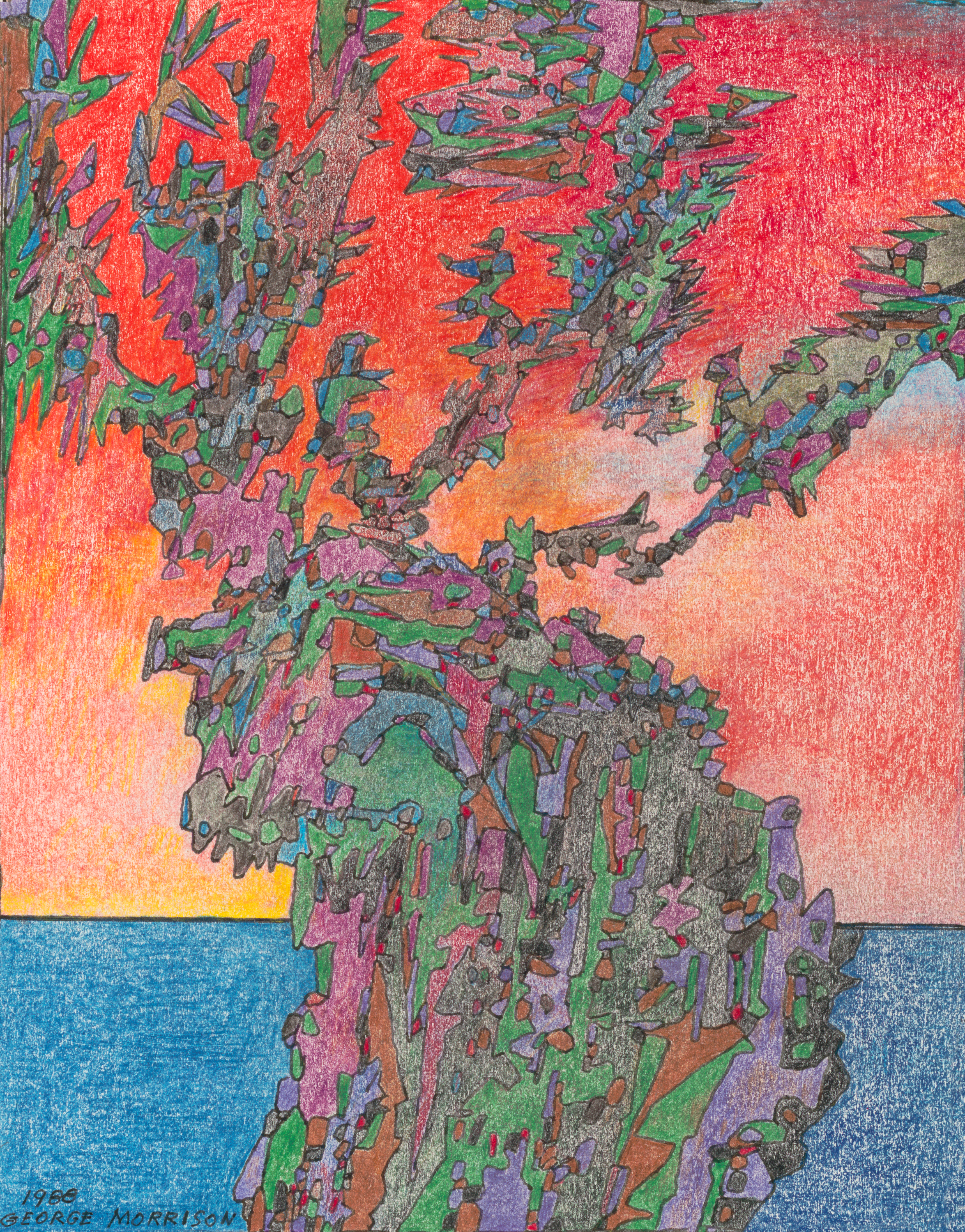
PLACE
On the last day of the world
I would want to plant a tree
what for
not for the fruit
the tree that bears the fruit
is not the one that was planted
I want the tree that stands
in the earth for the first time
with the sun already
going down
and the water
touching its roots
in the earth full of the dead
and the clouds passing
one by one
over its leaves
— W.S. Merwin, from The Rain in the Trees, 1998, A.A. Knopf
It is not hyperbole to say that trees are one of the most vital entities of our world. Their very breath makes life on earth possible, turning carbon dioxide into oxygen. They moderate our climate, conserve water, filter the air, and prevent soil erosion. We use them for building, fuel, nutrition, and play. Trees are natural sanctuaries, providing critical habitats for wildlife, housing complex ecosystems, enhancing biodiversity and offering shade and solace to all who wander near.
Humans cannot make trees, but we can use them as muse and material. Arboreal life began three hundred million years ago and humans came around about two hundred and ninety four million years later. We have been trying to figure them out ever since. We use the same language to describe trees as we do the human body - trunk, limbs, and sinew. We use similar language when talking about human community and connection as well - roots, branches and family trees. This exhibition draws from the Tweed’s permanent collection of artists with its deep regional connections and looks at the ways artists have observed, celebrated, desecrated, and employed the tree. From reflecting on their sacred role, to luxuriating in their beauty, to studying their biology and using their bark and branches for making art, the artists in this gallery, like all humanity, owe a creative debt to trees.
Organized by guest curator, Anne Dugan, this exhibition features local and regional artists as well as artists connected through the global community of arboreal life.